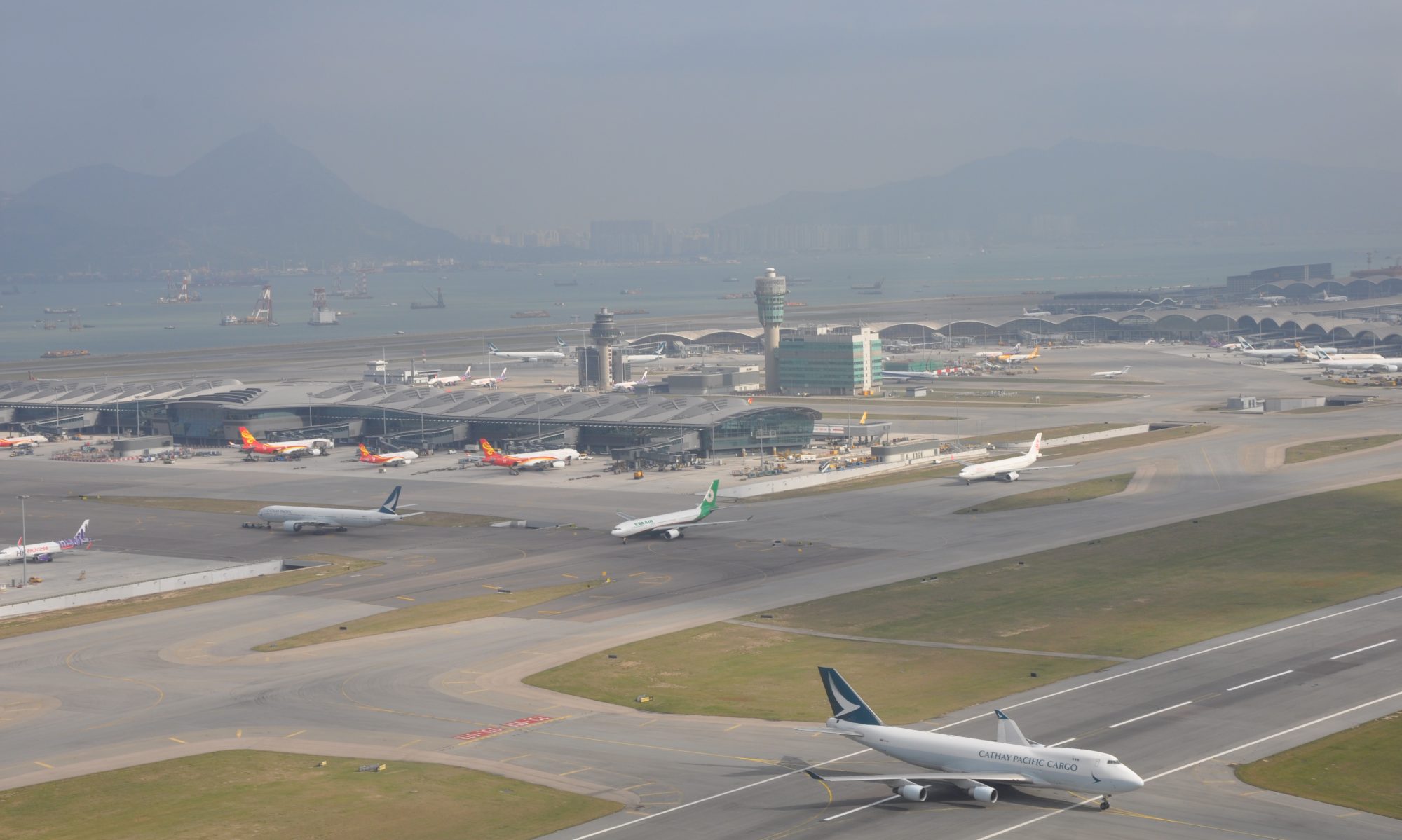At 15:50 today Cathay Pacifics flight CX8333 (Airbus A359, BLQG) was the first aircraft to depart from the newly refurbished and reopened runway 07C in Hong Kong, This development marks the completion of the long-anticipated Three-Runway System (3RS), a project that has been in the works since its inception in 2016.
The new runway, which stretches over 3,800 meters, is expected to enhance HKIA’s capacity dramatically, aiming to handle up to 120 million passengers and 10 million tonnes of cargo annually by 2035. This expansion is not just about adding more space for planes to take off and land; it’s about solidifying Hong Kong’s status as a global aviation hub, despite the challenges posed by recent global events, including the COVID-19 pandemic.

The project’s scope was vast, involving land reclamation of approximately 650 hectares north of the airport, equivalent to building an entirely new airport next to the existing one. The infrastructure includes new taxiways, an expanded Terminal 2, and advanced systems like an automated people mover and a new baggage handling system, setting the stage for an “Airport City” vision where the airport serves not just as a transit point but as a hub for commerce, entertainment, and business.

The commissioning of the third runway comes at a time when Hong Kong is actively courting airlines to leverage the increased capacity. The Airport Authority is pushing to fill this new space, with Cathay Pacific, Hong Kong’s flagship carrier, planning to reach 100% of its pre-pandemic flight levels by January 2025. This expansion is seen as a strategic move to recover and exceed the airport’s historical traffic levels, enhancing Hong Kong’s connectivity with the world.
However, the project hasn’t been without its controversies, particularly concerning environmental impact and the cost, which ran into billions of Hong Kong dollars. Critics have raised concerns over the ecological footprint, including seabed contamination and noise pollution, though measures like deep cement mixing were employed to mitigate some of these issues.

As the runway becomes fully operational, the focus now shifts to maximizing its use. With the global aviation industry on the mend, the timing could be right for HKIA to reclaim its position among the world’s leading airports. The increased capacity might also stimulate economic growth by creating jobs and supporting a broader range of services at the airport.
The opening of the third runway at Hong Kong International Airport is more than just an infrastructure project; it’s a statement of intent from Hong Kong to remain a pivotal node in global aviation, ready to take off into a new era of growth and connectivity
Discover more from Welcome to the Ultimate Guide to points, miles and travels in Hong Kong
Subscribe to get the latest posts sent to your email.

